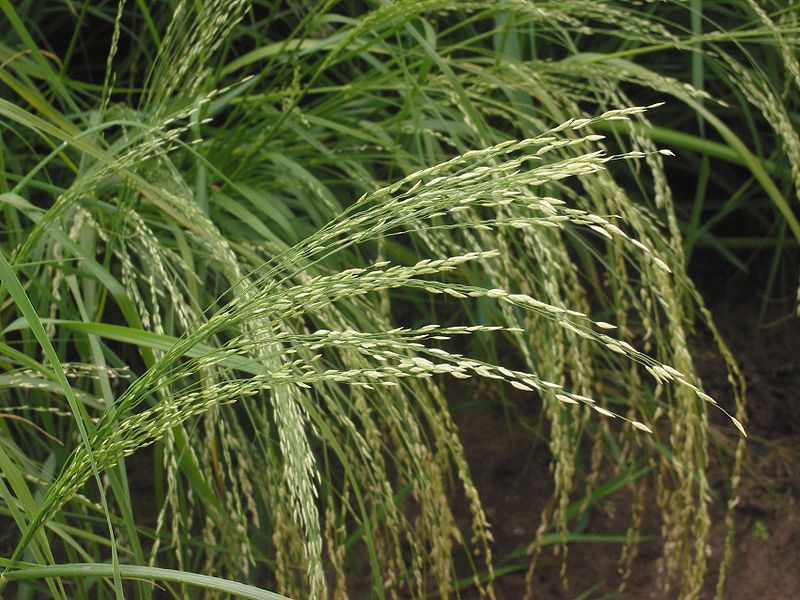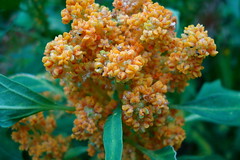The jicama belongs to the legume or bean family (Fabaceae). Other names for jicama are the Mexican potato, Mexican yam bean, ahipa, saa got, Chinese turnip, lo bok, and the Chinese potato.
I found this gorgeous jicama in the grocery store and had to bring it home and do something with it. I had never cooked with a jicama, so this would be a new experience.
Jicama has the consistency of a water chestnut and can be used like a water chestnut in cooking. Jicama can be eaten raw, but the skin should be peeled first. Raw jicama tastes slightly like an apple, only milder and works well with a raw vegetable platter. When jicama is used in cooking it tends to take on the flavors of the ingredients that it is being combined with. Therefore, it works well in stir-fry dishes because it blends well with many vegetables and seasonings. The picture on the right below shows a peeled jicama.
Jicama contains a large amount of vitamin C, is low in sodium, and has no fat. One adult serving of jicama, which is equal to approximately 1 cup of cubed jicama or 120 grams, also contains only 45 calories. Other nutritional information is given below.
Serving Size (60g)
Amounts Per Serving
% Daily Value *
Calories 25
Calories from Fat 0
Total Fat 0g 0%
Sodium 0mg 0%
Cholesterol 0mg 0%
Total Carbohydrate 5g 2%
Dietary Fiber 3g 12%
Sugars 1g
Protein 0g
Vitamin A 0%
Vitamin C 20%
Calcium 0%
Iron 2%
Jicama contains a large amount of vitamin C, is low in sodium, and has no fat. One adult serving of jicama, which is equal to approximately 1 cup of cubed jicama or 120 grams, also contains only 45 calories. Other nutritional information is given below.
Serving Size (60g)
Amounts Per Serving
% Daily Value *
Calories 25
Calories from Fat 0
Total Fat 0g 0%
Sodium 0mg 0%
Cholesterol 0mg 0%
Total Carbohydrate 5g 2%
Dietary Fiber 3g 12%
Sugars 1g
Protein 0g
Vitamin A 0%
Vitamin C 20%
Calcium 0%
Iron 2%




























.JPG)


.JPG)





